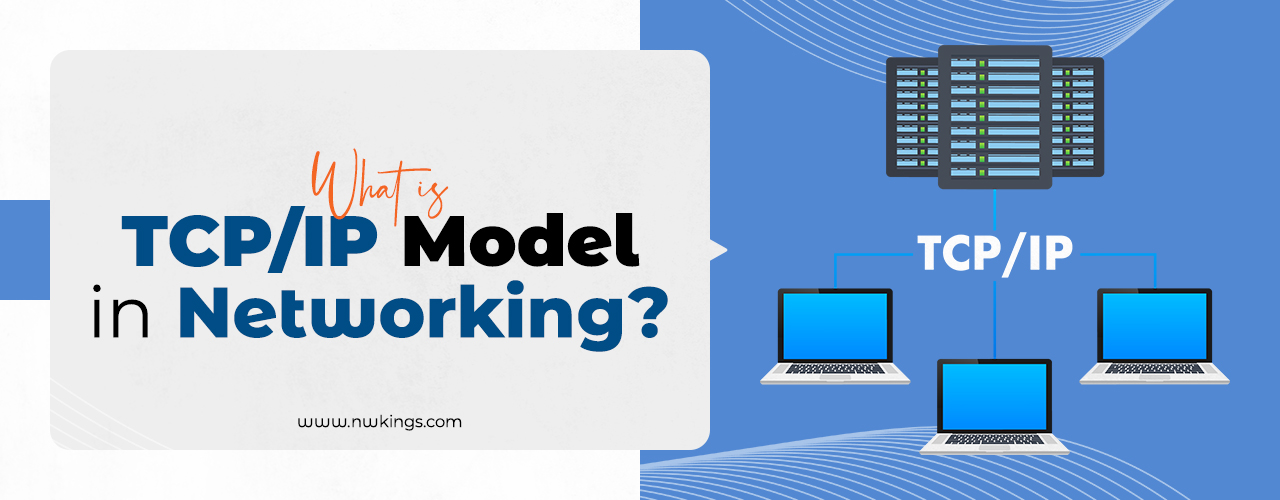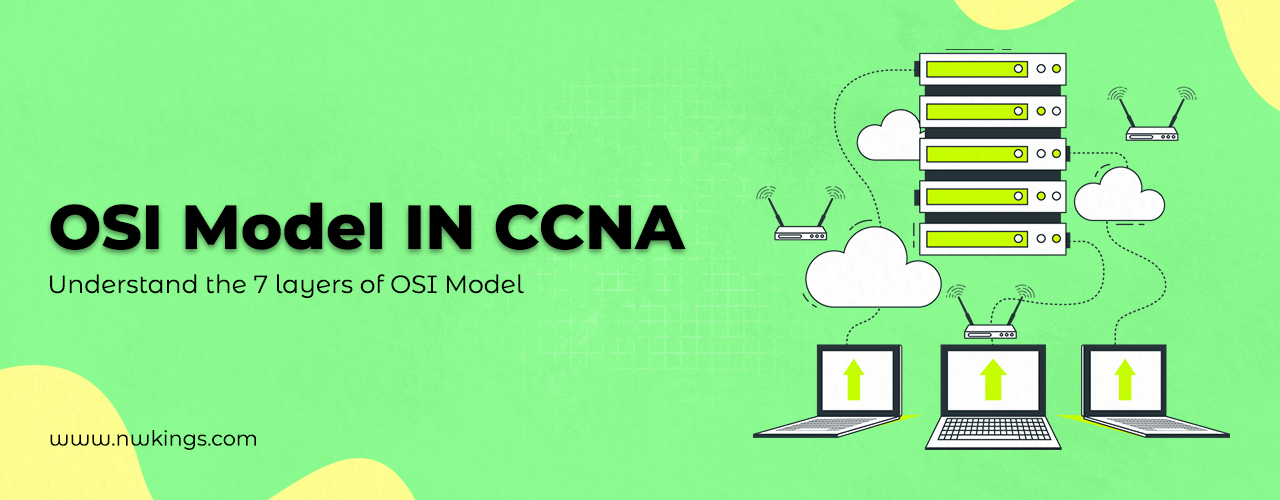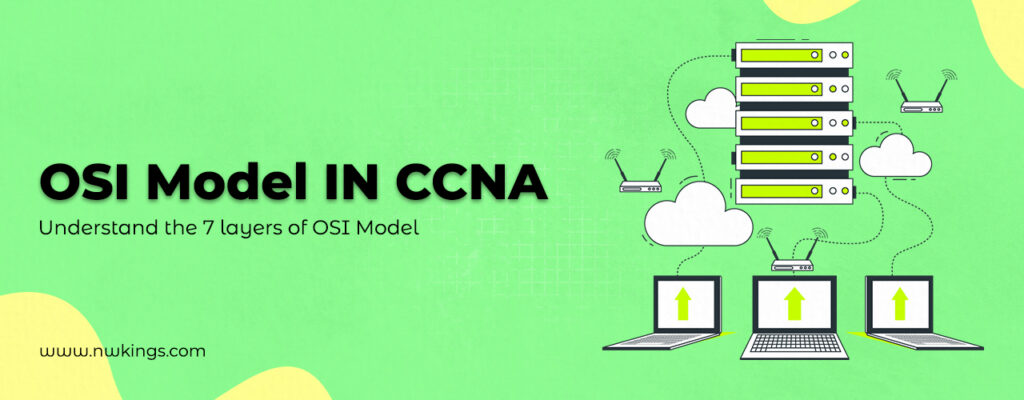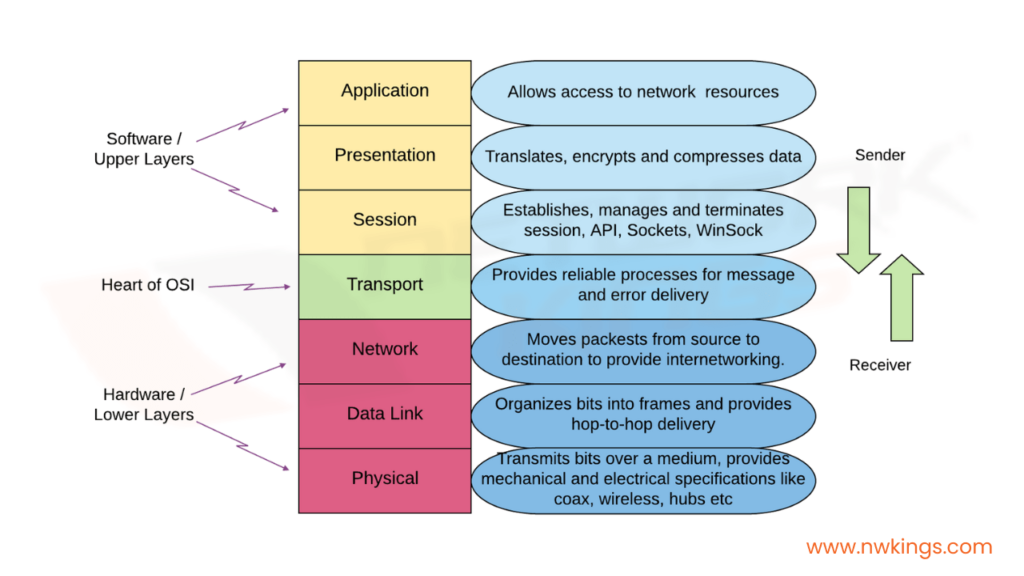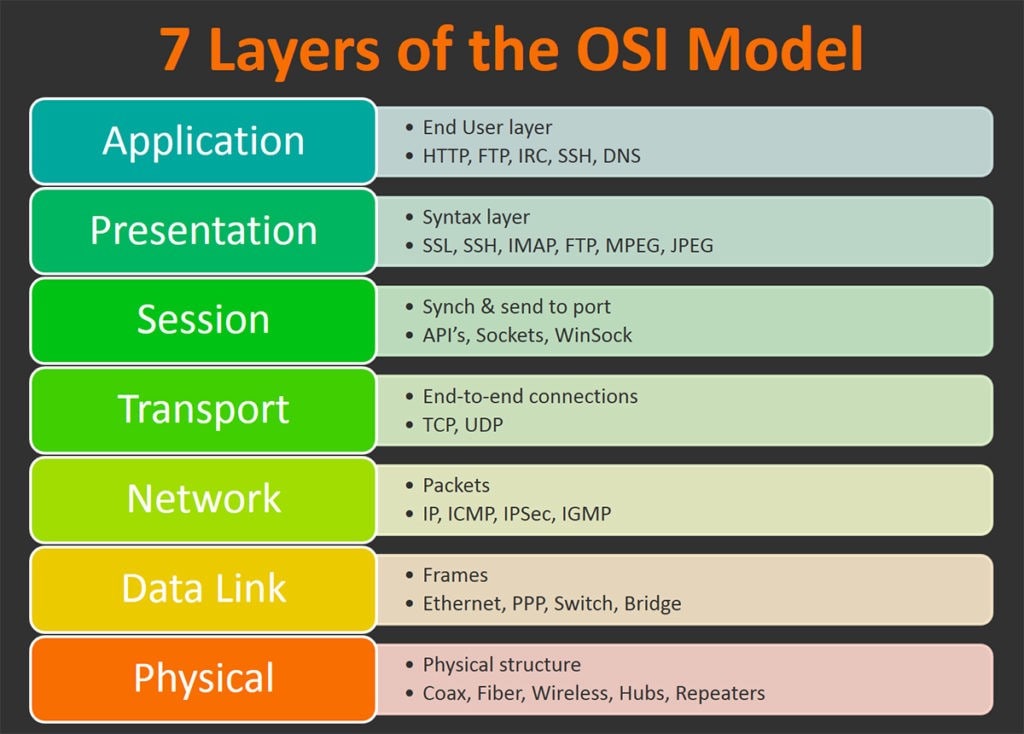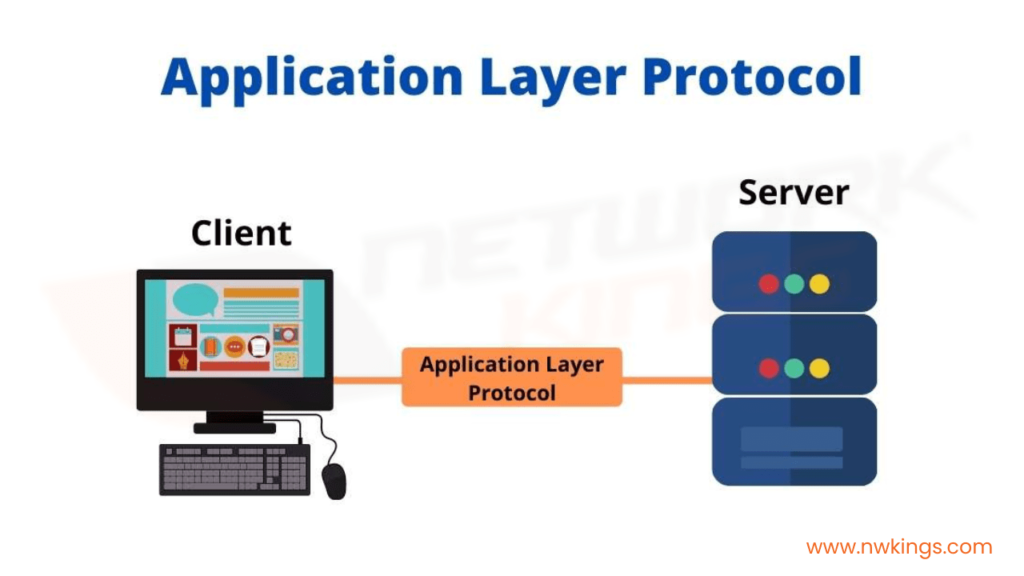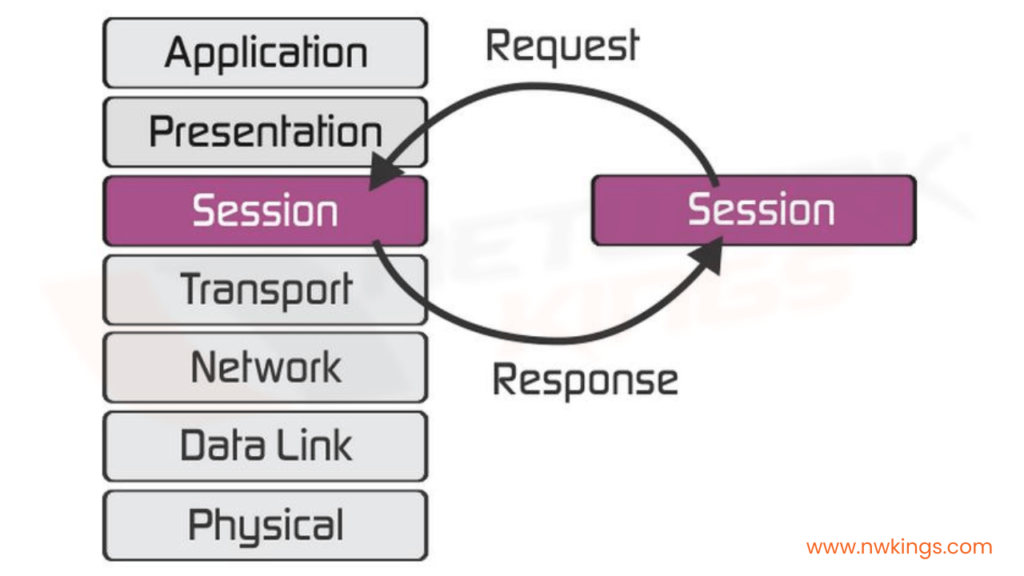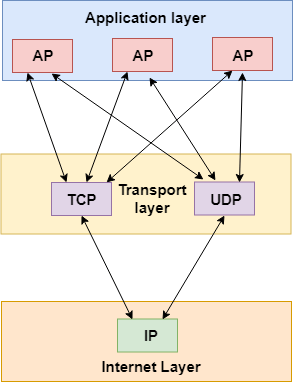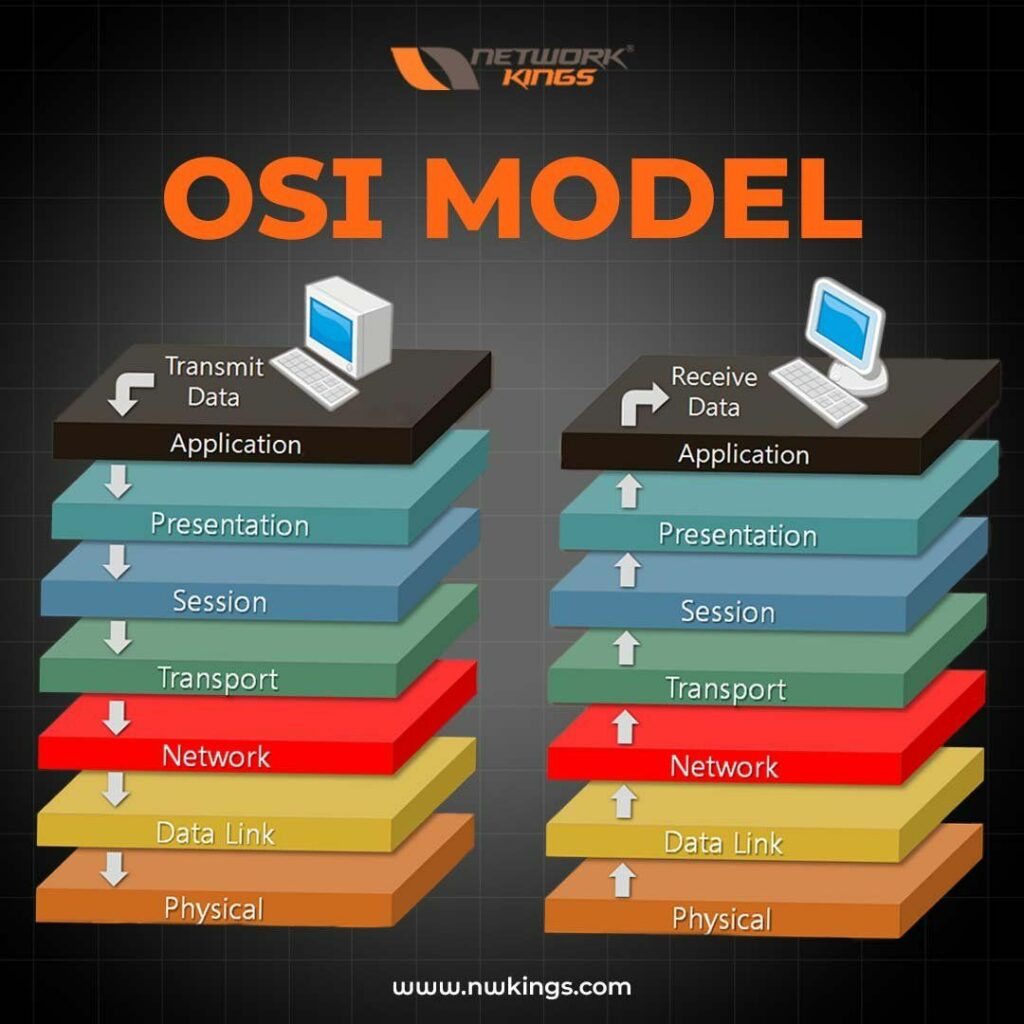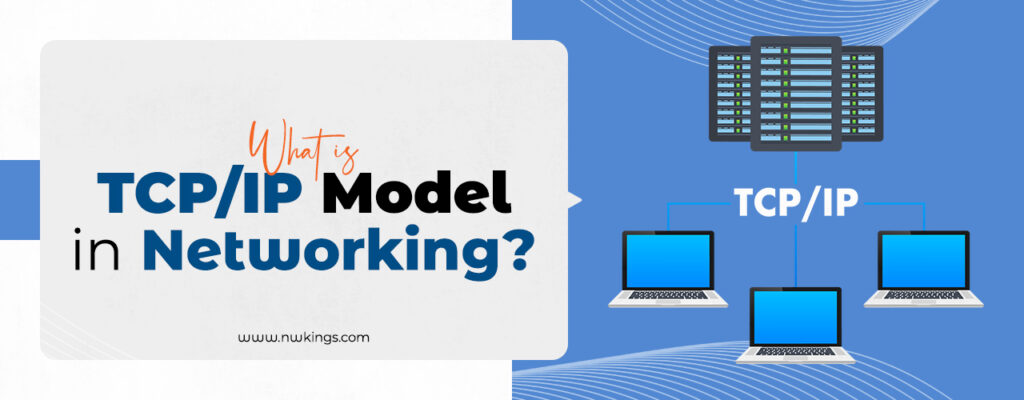
Till now, you must have learned about the Open Systems Interconnection (OSI) model. However, it is essential to know that the OSI model is now dominated by the TCP/IP model. In this blog, we will learn about the TCP/IP model.
Once you learn about the TCP/IP model, you can quickly validate your networking knowledge. In the end, we will also learn about the differences between the TCP/IP and the OSI model. So make sure that you stick to the end of the blog.
Note: If you haven’t read the previous blog of our CCNA 200-301 series, I highly recommend you do so.
Let’s begin learning the TCP/IP model.
What is TCP/IP Model?
The term TCP in the TCP/IP model stands for Transmission Control Protocol. Whereas, IP is a full form of Internet Protocol. It was created and proposed by ARPA. The very purpose of this model was to connect the military.
You must know that the TCP/IP model is also called the Internet Layering Model or the Internet Reference Model.
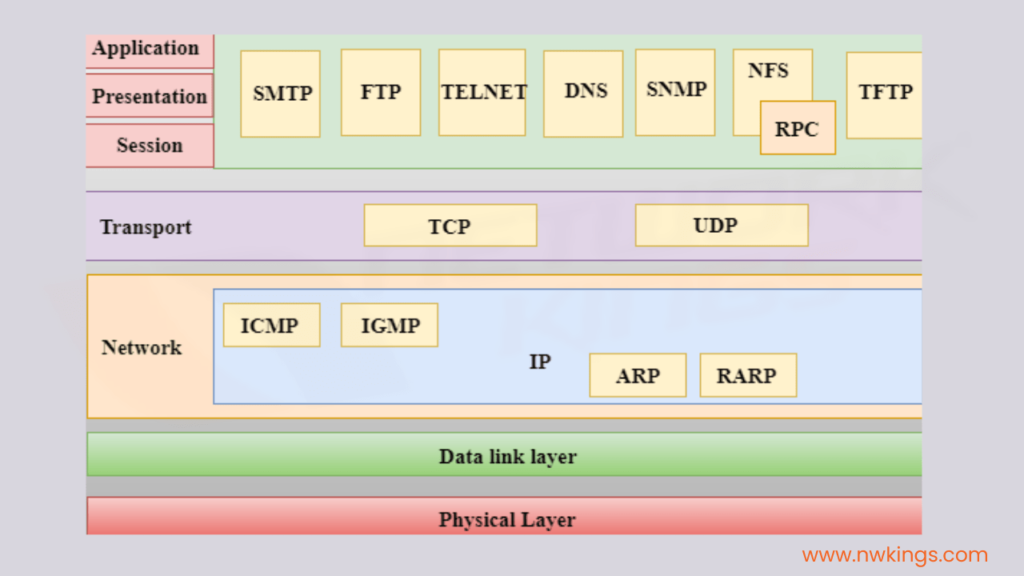
Note: We can only communicate with the Internet through both TCP and IP.
Where is the TCP/IP Model Used?
When a source computer is communicating with a destination computer, it always follows the TCP/IP model. The goal of this model is to maintain the continuation of the conversation between the source and destination even if the transmission stops working.
The TCP protocol works in the Transport Layer, whereas the IP protocol works in the Network Layer. The TCP layer validates the proper sequence and transport of data packets. The IP protocol takes charge of the following:
- It chooses the route for the data packet delivery.
- It finds out the IP address of the sender and the destination address.
Therefore, the TCP/IP model uses two main protocols and it cannot function with just one protocol.
What are the Four Layers of The TCP/IP Model?
I request you to check out our OSI model blog before you start to learn about the different layers of the TCP/IP model.
You can find either 4 or 5 layers of the TCP/IP model. Yet, we will learn the 4 different layers of the TCP/IP model in this blog. The following are the layers of the TCP/IP model:
- Process/Application Layer
- Host-to-Host/Transport Layer
- Internet Layer
- Network Access/Link Layer
Note: You must remember that there is no major difference in the working of the TCP/IP model and the OSI model. There is a difference in the number of layers between the two models.
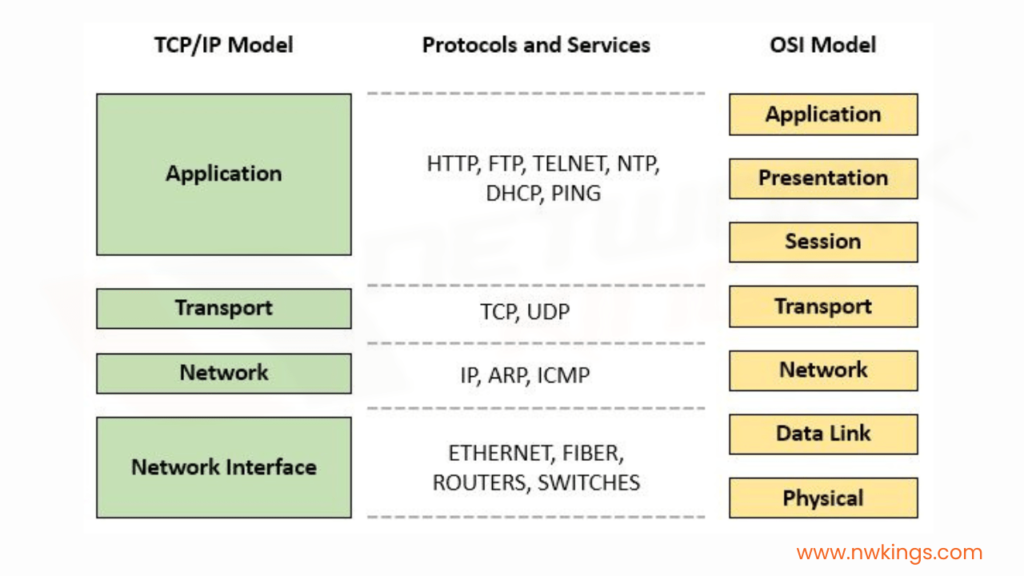
Let’s start learning about the different layers of the TCP/IP model.
1. Network Access Layer:
- The network access layer is the bottommost layer of the TCP/IP model.
- This layer can be considered similar to the Data Link and the Physical Layer of the OSI model.
- The protocols present in this layer help in the transmission of the data.
- This layer uses the following protocols:
- Ethernet
- FDDI
- X.25
- Token ring
- Frame relay
- This layer mainly works on the physical level.
2. Internet Layer:
- It is present above the Network Access Layer. Therefore, it is the second layer of the TCP/IP model.
- The other name for the Internet layer is the Network Layer corresponding to the Network Layer of the OSI model.
- Its functions are quite similar to that of the Network Layer of the OSI model.
- The function of this layer is to send packets from any kind of network. It does not matter what route is taken, the packet is delivered irrespectively.
- The protocols used in this layer are as follows:
- IP: It is the Internet Protocol (IP). It delivers the packet from the source to the destination by identifying the IP addresses. These include IPv4 and IPv6.
- ARP: The function of the Address Resolution Protocol (ARP) is to identify the hardware address of a host from an already existing IP address.
- ICMP: It is called the Internet Control Message Protocol (ICMP). It informs the host about any network issue.
3. Host-to-Host Layer:
- The Host-to-Host Layer is very similar to the Transport Layer of the OSI model.
- This layer performs the following tasks:
- End-to-end communication
- Flow control
- Reliability
- Correction of any errors in the data
- The two main protocols that are used in this layer are:
- User Datagram Protocol: It provides end-to-end delivery of the data. It makes us aware of the error but does not tell us about the error.
- Transmission Control Protocol: It performs segmentation and sequencing of the data. It also takes on the important task of flow control.
4. Application Layer:
- The Application Layer performs the functions of three layers of the OSI model namely, the Application, Presentation, and Session Layer.
- All the high-level protocols are managed by the Application layer.
- The main protocols that are used in the Application Layer are the following:
- HTTP: The Hypertext Transfer Protocol (HTTP) helps in accessing the data over the World Wide Web. It is mainly used in hypertext regions.
- SSH: The Secure Shell (SSH) maintains an encrypted connection. It is considered over the Telnet.
- FTP: The File Transfer Protocol (FTP). Files are transferred from one computer to another by the FTP protocol.
This marks the end of the layers of the TCP/IP model layers.
How Does The TCP/IP Model Differ From the OSI Model?
TCP/IP Model | OSI Model |
It is called the Transmission Control Protocol/Internet Protocol Model. | The OSI model is also known as the Open Systems Interconnection Model. |
It is created by the International Standard Organization (ISO)/. | It is created by the Advanced Research Project Agency Network (ARPANET). |
It has 4-5 layers. | It has 7 layers in total. |
It has a horizontal approach. | It has a vertical approach. |
Protocols were developed before the model. | The model was developed before the protocols. |
The Data Link Layer and the Physical Layer are combined as a Host-to-Host layer. | The Data Link Layer and the Physical Layer are not combined. They are different. |
The protocols cannot be replaced with ease. | The protocols can be replaced. |
This model does not have rigid and strict boundaries. | This model has very strict borders. |
It’s a Wrap!
The TCP/IP model is a protocol-based model that forms the basis of the transmission of data from source to destination. It is a better model to understand the transmission of data than the OSI Model.
It is very important to understand the OSI model before you start learning about the TCP/IP model in the CCNA course.
Stay tuned for the upcoming blog of our CCNA 200-301 series.
Happy studying!

